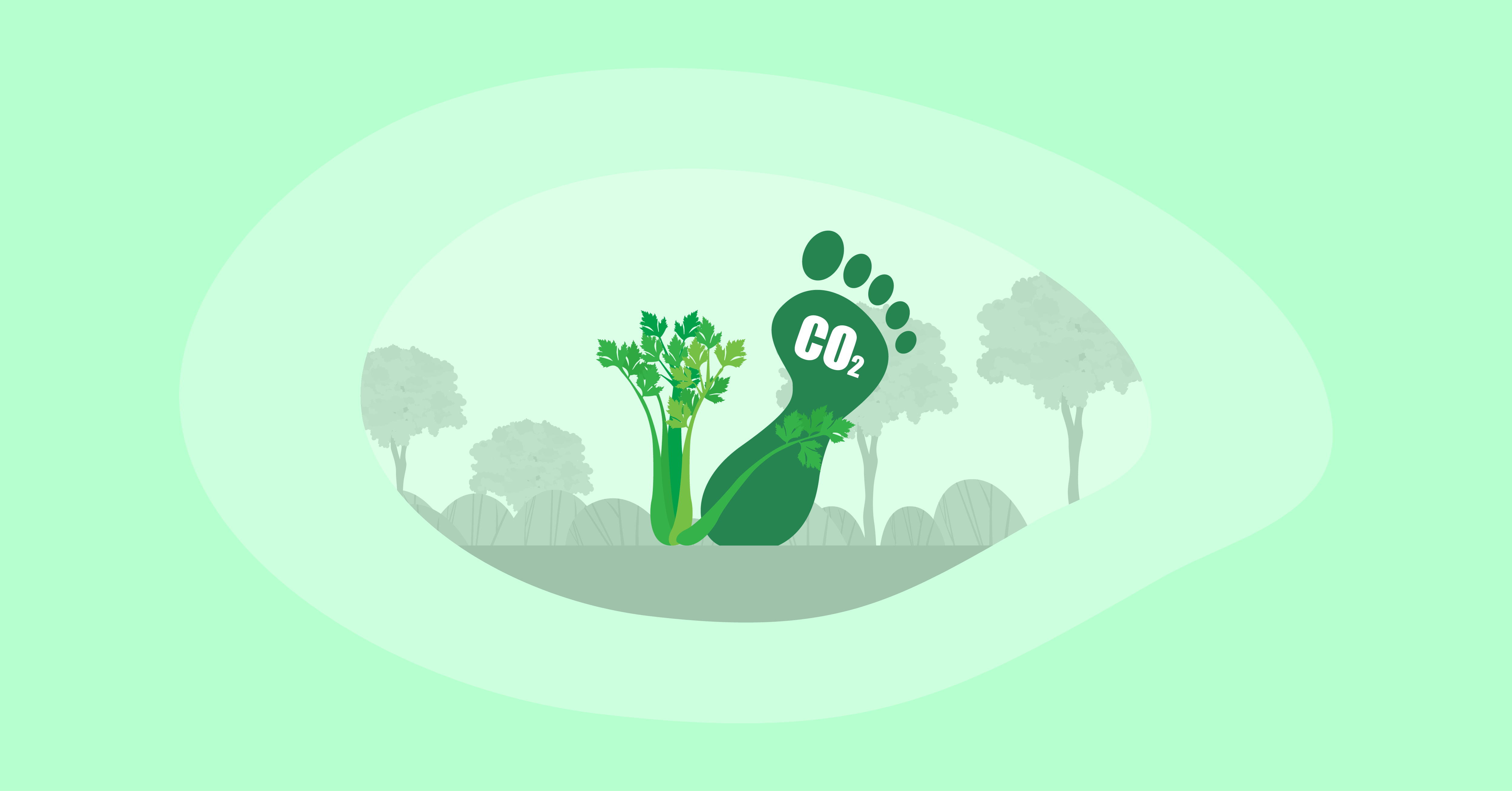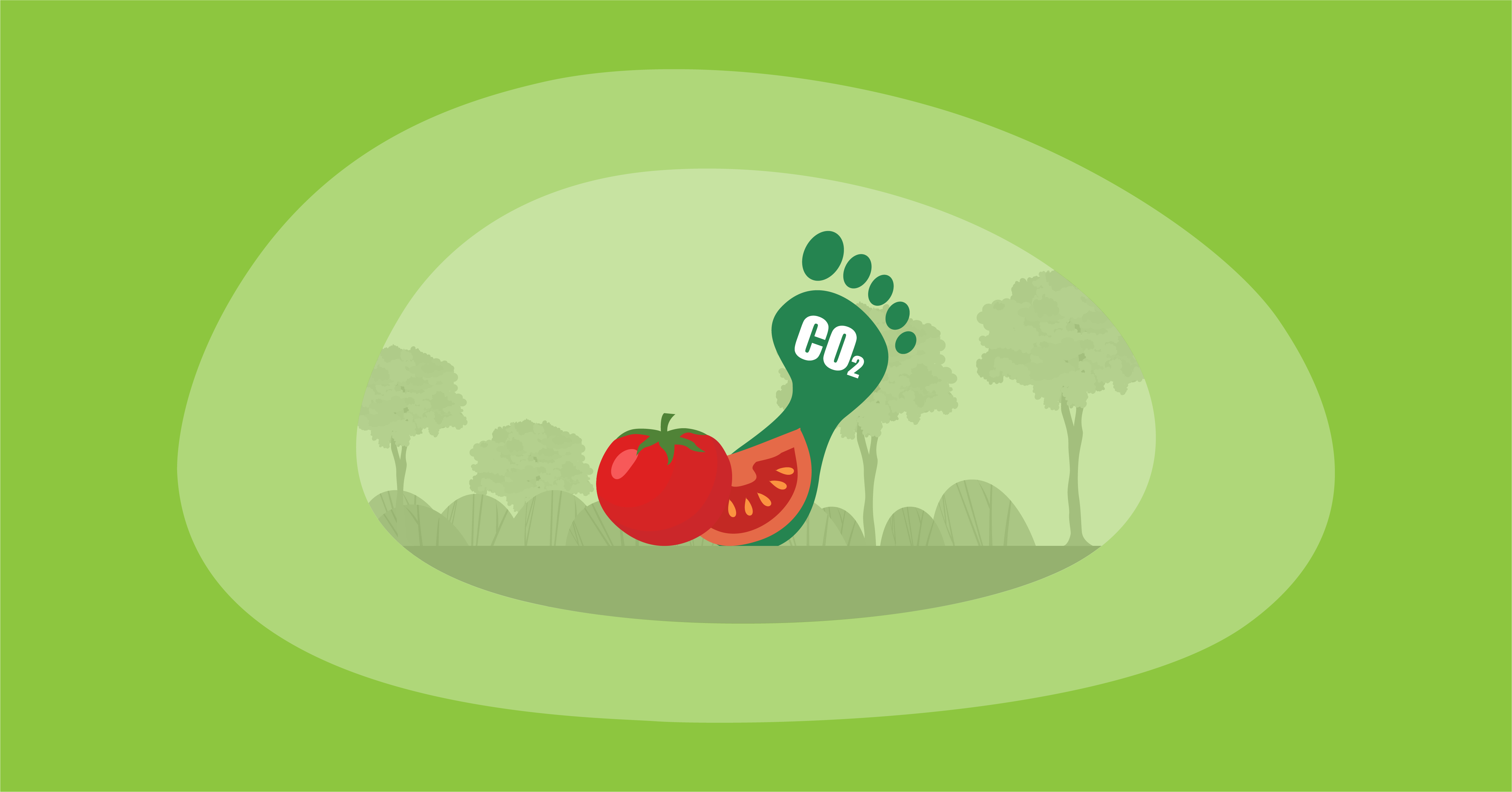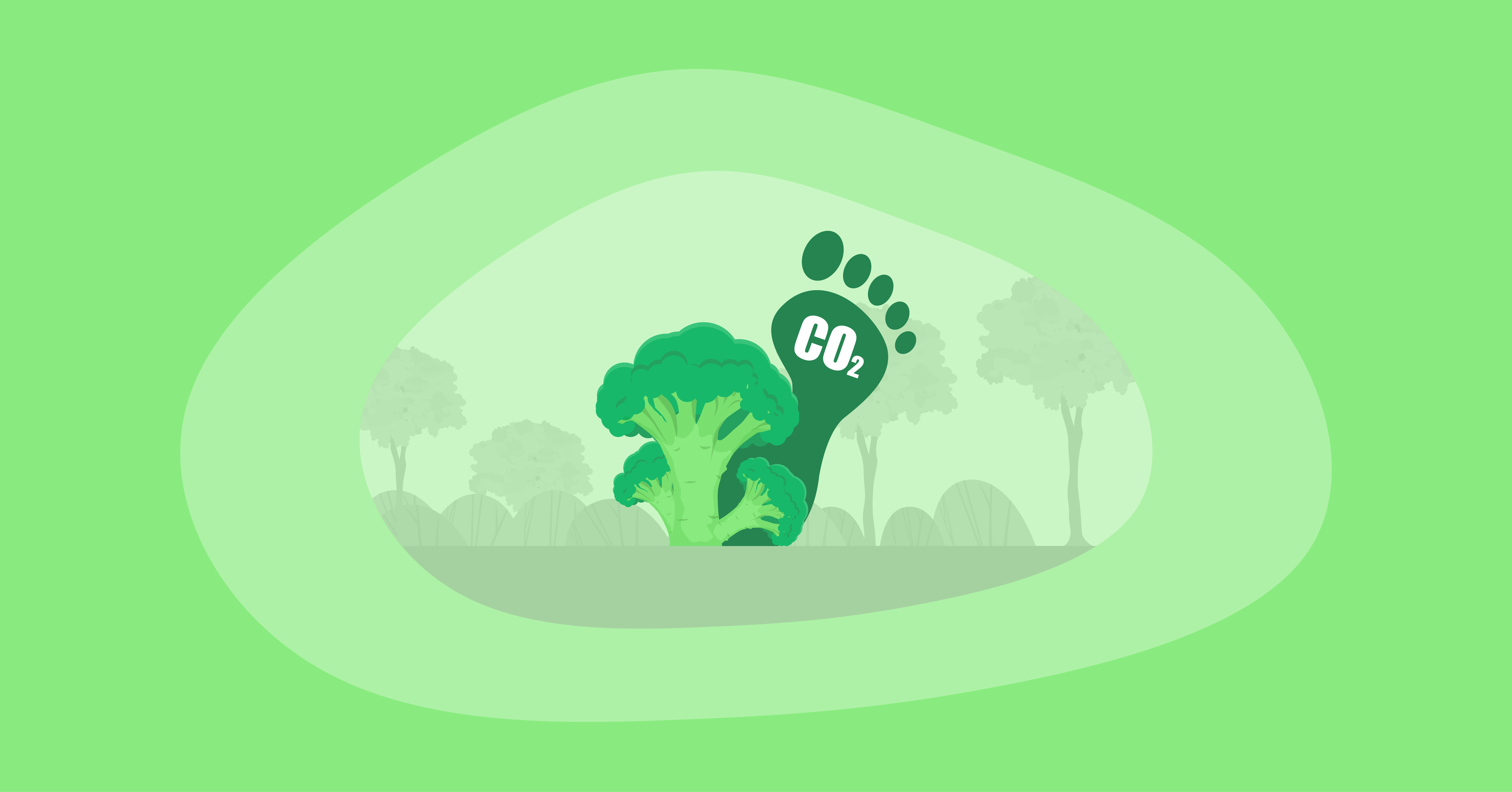What Is the Carbon Footprint of Bell Peppers? A Life-Cycle Analysis
Bell peppers are the fifth most popular vegetable in the US. Interestingly, the nutritional value of this food depends on the color of the pepper – with mature red peppers being more potassium-rich, but immature green peppers more polyphenol-rich. Whether stuffed, grilled, or eaten raw, bell peppers are a beloved healthy snack. Yet, much less is shared about the environmental impact, and especially the carbon emissions of bell peppers. So we had to ask: What is the carbon footprint of bell peppers?





